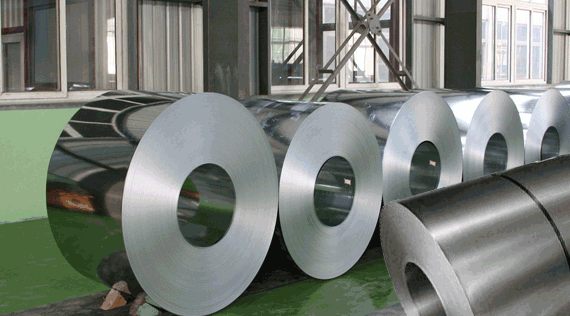
U.S. raw steel production edged down on a weekly comparison basis for the week ending Sep 4 as lower production across Southern and Midwest offset gains in North East and Great Lakes. Capacity utilization — a key metric in the steel industry — remained close to the 85% level amid strong domestic demand.
According to the latest American Iron and Steel Institute ("AISI") weekly report, domestic raw steel production was 1,866,000 net tons for the week ending Sep 4, a 0.4% decrease from production of 1,873,000 net tons for the week ending Aug 28.
Notwithstanding the modest weak-on-weak decline, U.S. steel output remains higher than at the same time last year when shutdowns across major steel-consuming sectors due to the coronavirus pandemic put a crimp on steel demand. Per AISI, output for the reported week represents a 23.5% rise from production of 1,511,000 for the same period a year ago. Domestic steel production is also up roughly 20% so far this year.
Capacity utilization was 84.5% for the reported week, inching down from the previous week’s reading of 84.9%. Capability utilization rate for the reported week was significantly up from 67.4% a year ago, according to AISI.
Capacity utilization rate plummeted to 51.1% in May 2020 — the lowest level in many years — after remaining above the important 80% (the minimum rate required for sustained profitability of the steel industry) level in early 2020 as the pandemic gutted steel demand across major end markets. Utilization started to improve with a rebound in demand from the slump witnessed during the first half of 2020. U.S. steel production has also picked up on an uptick in capacity utilization.
Meanwhile, adjusted year-to-date production through Sep 4 was 63,904,000 net tons at a capability utilization rate of 80.6%, up 20.1% from 53,230,000 net tons registered in the same period a year ago, AISI noted. Capability utilization rate for the period is also up from 66.6% recorded last year.
By regions, production from Great Lakes rose roughly 1.9% on a weekly basis to 650,000 net tons in the reported week. North East saw a roughly 16.4% increase in production to 177,000 net tons for the reported week. Production in the Southern region slipped roughly 4.9% to 771,000 net tons. Mills in the Midwest region produced 193,000 net tons of raw steel, down around 2.5% from a week ago. Production rose roughly 1.4% in the Western region to 75,000 net tons.
The U.S. steel industry came roaring back in 2021 after bearing the brunt of the pandemic last year, thanks to a strong revival in domestic demand and skyrocketing steel prices.
Coronavirus hurt demand for steel across major end-use markets such as construction and automotive during the first half of 2020. The pandemic-led demand destruction also forced U.S. steel mills to curtail production with capacity utilization dropping to a multi-year low during the first half. The coronavirus-induced shutdowns in the North American automotive industry contributed to the production cuts amid a slump in steel demand.
However, the domestic steel industry has bounced back strongly on zooming steel prices and strong pent-up demand. Demand for steel started to pick up from the third quarter last year with the resumption of operations across major steel-consuming sectors, following the loosening of restrictions.
American steel makers are seeing healthy order booking in automotive, notwithstanding the semiconductor crunch. Demand in the non-residential construction market also remains resilient.
The demand rebound has contributed to the significant uptick in U.S. steel industry capacity utilization on the restart of idled capacity. U.S. steel prices are also on an upswing, driven by an upturn in demand and supply shortages partly due to the pandemic.
The benchmark hot-rolled coil (“HRC”) prices plunged to a pandemic-led multi-year low of roughly $440 per short ton in August 2020. However, HRC prices started to recover from September 2020 and are shooting higher since then on U.S. steel mills’ price hike actions, tight supply conditions, lower steel imports and solid demand. Prices have cruised above the $1,900 per short ton level as the bull run continues. HRC prices have shot up more than four-fold from the August 2020 low.
The imbalance between supply and demand has largely contributed to the strong run-up in steel prices. The price rally is expected to continue in the coming months on higher demand and supply constraints, which is likely to be exacerbated by a series of planned mill outages and scheduled maintenance.
Robust domestic demand and the price surge helped U.S. steel companies deliver strong results in the second quarter. Domestic steel mills are benefiting from spread expansion as a significant spurt in HRC prices has more than offset higher ferrous scrap costs. Higher demand and a favorable pricing environment are likely to help U.S. steel producers to continue the momentum in the third quarter.